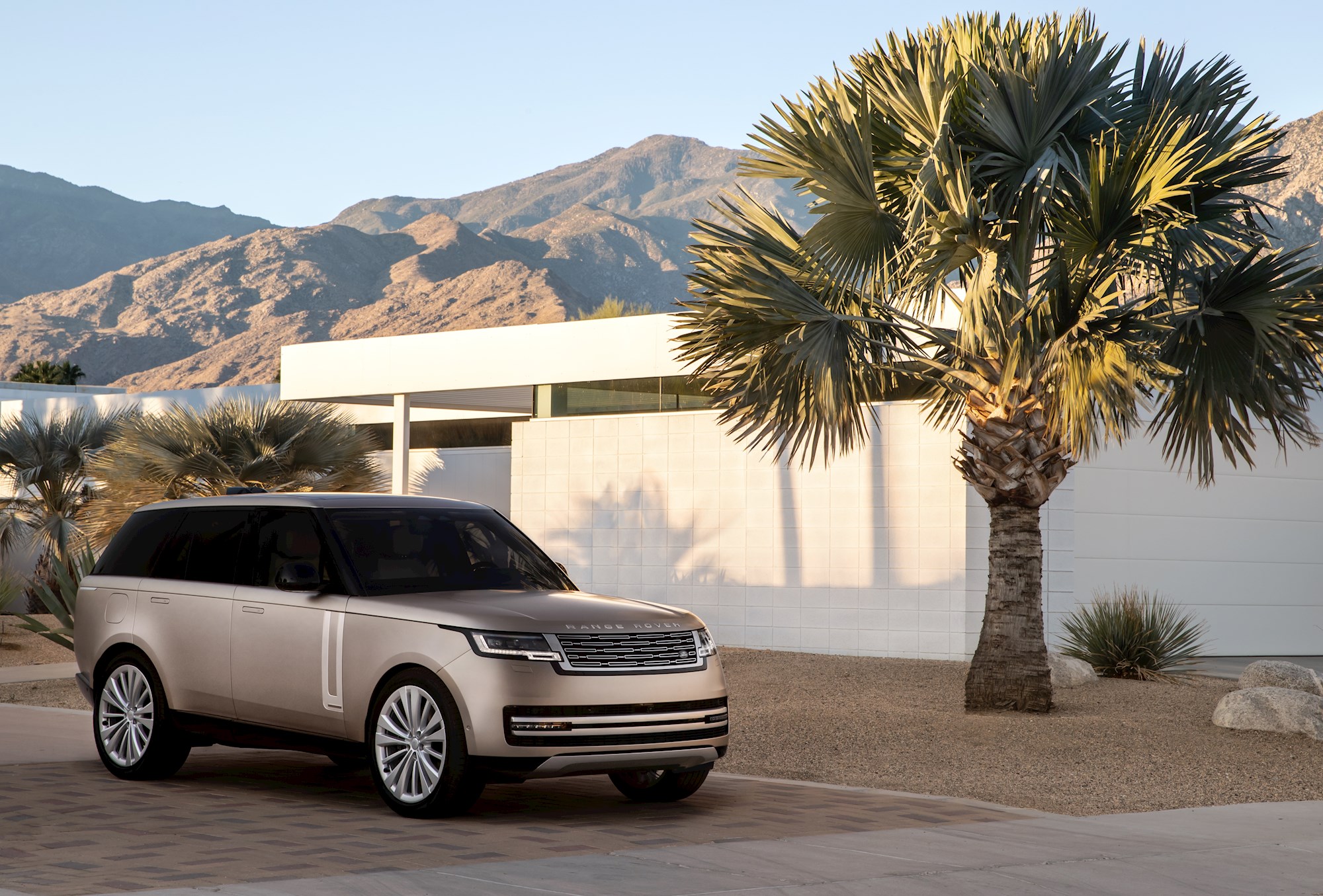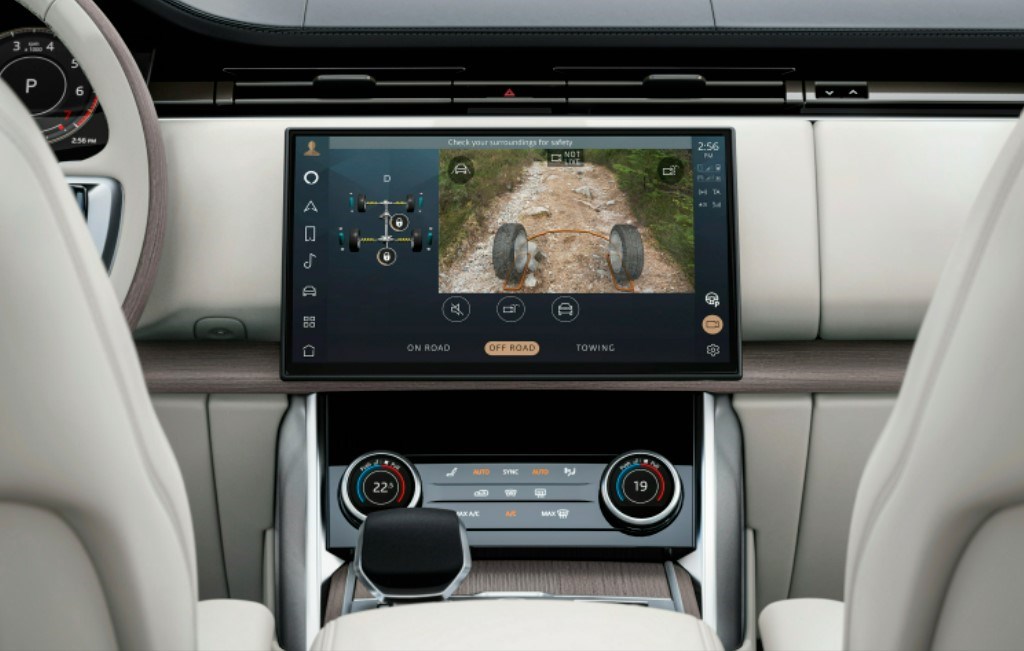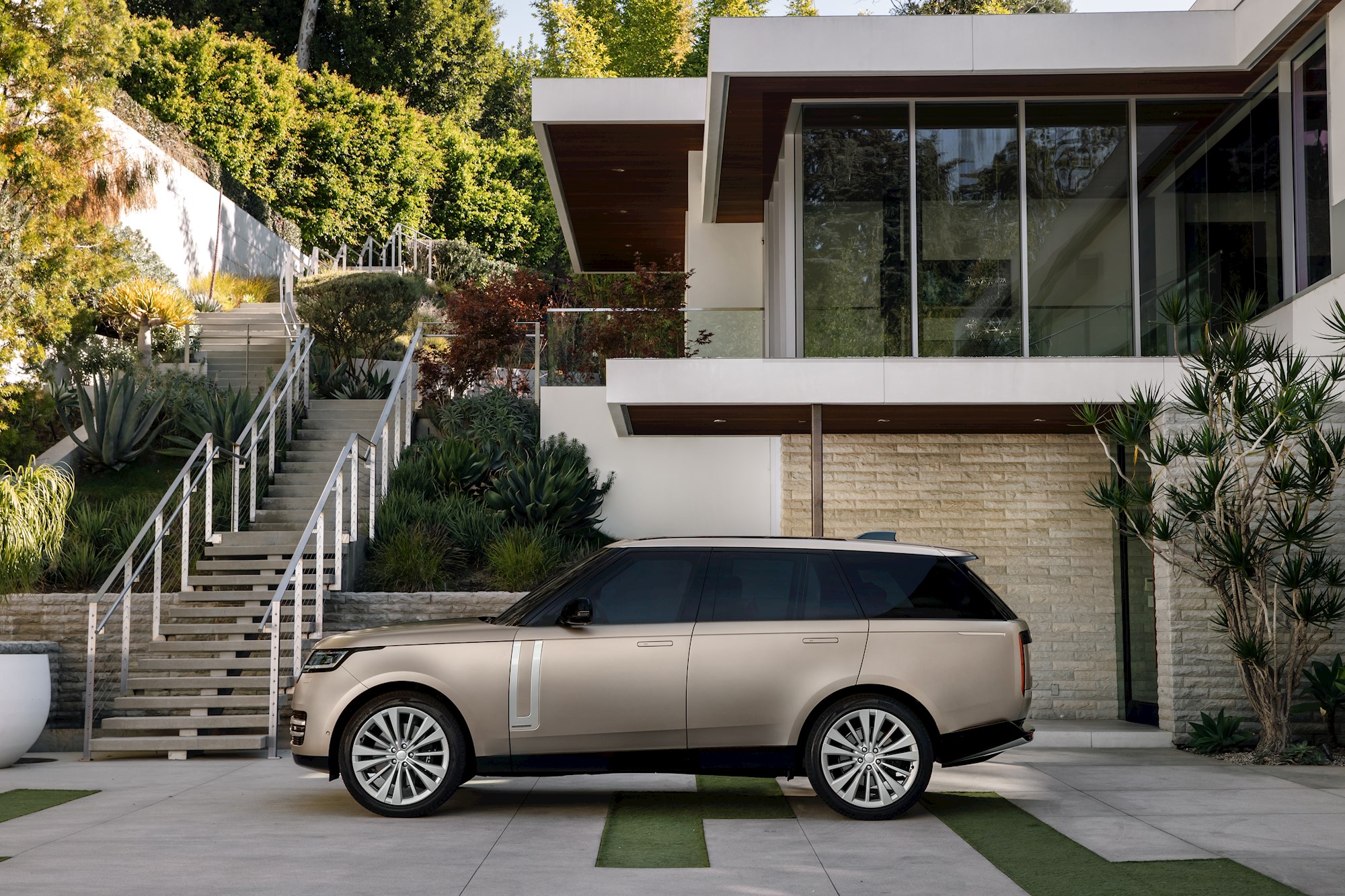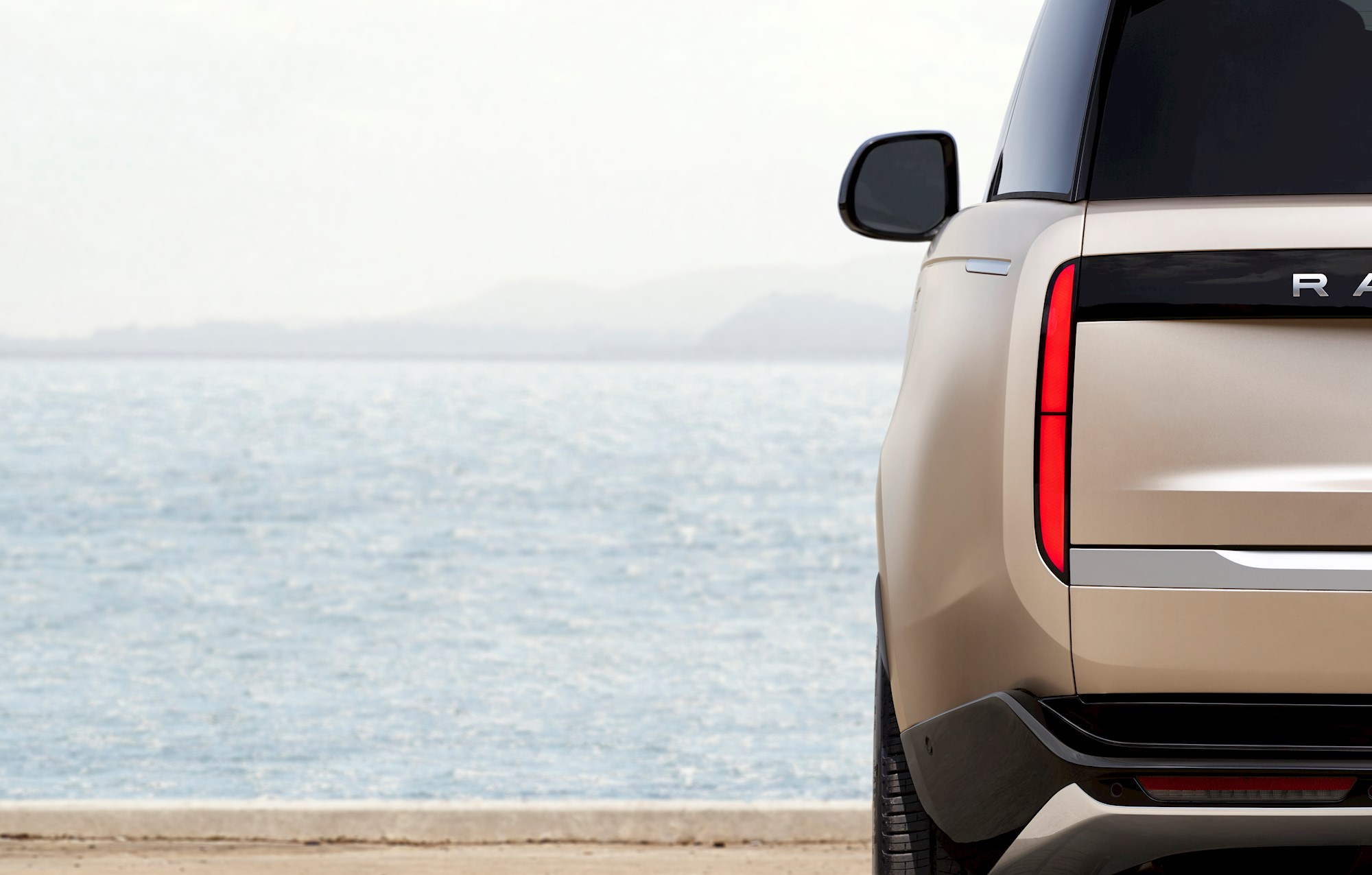If you think you’ve seen the word “luxury” pop up more often recently when brands are describing and marketing vehicles, you’re not imagining it.
More and more automotive manufacturers are dipping their toes in the luxury end of the market. Just last month, Mazda announced its plans to evolve into a fully-fledged luxury brand and Hyundai made another run at luxury with its high-end brand Genesis.

And it’s easy to see why. The global luxury car market was valued at around US$140 billion in 2020. This is projected to grow to $566 billion by 2026.
Luxury vehicle sales have been on the rise, often immune to industry challenges such as semiconductor chip shortages and supply chain delays due to higher profit margins on lower volumes of sales. Last year, Rolls-Royce sales rose to record heights, as did sales of Bentley vehicles, and Aston Martin sales to dealers rose by 82 per cent, the company reported.
With so many brands looking to get a slice of the luxury pie, and the success of existing luxury vehicles growing, it’s an ideal time to take a look at what luxury actually means in the automotive industry.
Redefining luxury with technology
Adding “luxe” materials to a vehicle – like leather and wood – used to be the pinnacle of luxury in the automotive industry. High-end materials set vehicles apart from those manufactured with plastics and nylon.
But now, luxury car makers have established that the best way to stand out from the crowd in today’s competitive market is to offer high-end tech features that improve the user experience.

While materials and design still resonate with high-end consumers, it’s just one of the Key Selling Points that will convert interest into a sale. High-end tech that integrates seamlessly with existing devices and fits within the tech standards consumers have come to expect in every area of their lives is vital.
Gone are the days of cluttered consoles, excessive amounts of buttons, bold colours, and chrome detailing. Now, interiors are focused on refined minimalism, like what traditional minimalist brands like Volvo are known for. World-class technology is now the priority with screens used to declutter, save space, and give consumers the sense that they are experience state-of-the-art innovation.
As technology is democratised, high-tech solutions in vehicles will become commonplace. But for now, state-of-the-art tech is reserved for the luxury end of the market. Just look at the likes of Polestar – a premium brand in the EV market – with a driver touchscreen that is powered by Google operating systems intuitive voice control.
Sustainable focus
Customers at the top end of the market are increasingly conscious of environmental and ethical impacts of their purchases. That’s why we’re seeing a shift toward luxury car manufactures prioritising sustainable options when it comes to new vehicles.

Range Rover is no exception. Its new vehicle has options for materials that are 100 per cent free of toxic by-products, as well as non-leather and vegan upholstery called Ultrafabrics and Kvadrat.
Range Rover’s modern luxury
Range Rover is no stranger to luxury. The brand has been firmly placed at the luxury end of the market since its launch in the 1970s.
But to bring the Range Rover into the future, the brand is set to launch the elegant new Range Rover later this year, with all-new luxury features to provide even more refinement, customer choice, and scope for personalisation than ever before.

The vehicle will combine advanced technology with modern design to deliver luxury at every touchpoint, including the latest Electrical Vehicle Architecture (EVA 2.0) and Software-Over-The-Air (SOTA) updates for more than 70 electronic modules, meaning the New Range Rover will constantly evolve, improve, and remain up to date as it matures.
It also revolutionises the in-car experience with seamlessly integrated Amazon Alexa. Using intuitive natural voice commands goes one step beyond touchscreen or button interfaces in helping reduce cognitive load.
These are just a few of the latest innovations to feature in the innovative new vehicle, which is set to stand out from luxury options on the market when it comes to tech integration.
The future of luxury
Today, luxury is all about timeless simplicity with intuitive functionality and quality yet sustainable materials. With all the innovation currently poured into the luxury vehicle sector, it’s sometimes hard to imagine a future where the industry can implement even more advancements.
As with every industry, the automotive sector is never done evolving. So what can consumers expect in the future?
Even more tech innovation. We’re just beginning to scratch the surface on how technology like Artificial Intelligence can benefit us in our everyday lives, personalisation will become even more important to consumers wanting to feel individual in their purchases, and as our concept of a vehicle shifts (think self-driving cars) manufacturers will push the boundaries of design to evolve from what we see as a car today.
The automotive sector is fast evolving, innovative, and revolutionary. Luxury vehicles are proving increasingly popular and in-demand from consumers. As long as this remains the case, we’ll continue to see brands innovating and developing their luxury products at pace.








